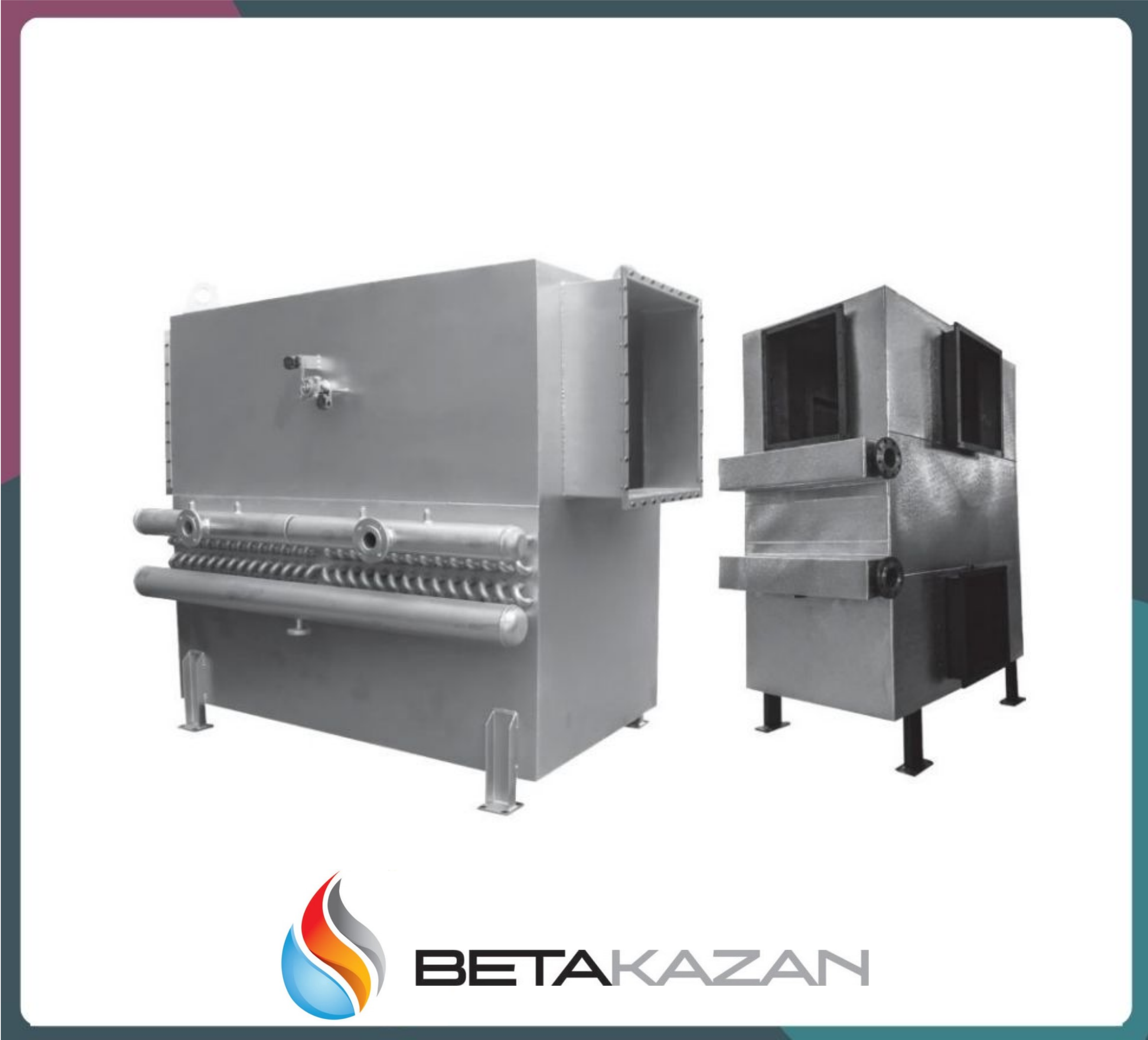
FWE Model
Today’s competitive conditions have led companies to use high-cost energy at an optimum level. Waste flue gas is evaluated to obtain hot water and hot air from the gases thrown into the atmosphere, as in the RAM machines used in the textile industry.
In high efficiency boilers, the boiler efficiency varies between 85% and 92% in instant measurements. In particular, the use of waste flue gas generated in steam, water and hot oil boilers and the waste hot water energies in the textile sector have a great contribution to the production costs and the country’s economy.
The economizer in industrial boilers is an investment tool that is calculated to bring savings of 3 - 8% during the planning stage and is thought to be even less beneficial in practice. Systems made by considering process values pay for themselves in a short time.
The economizer is not only a means of saving in a facility, but also a heat transfer surface that increases the installed capacity.
The main issues to be considered in flue gas economizer applications are the properties of the gas and its condensation temperatures. In case of condensation in flue gases, acid occurs and all surfaces with condensation must be made of acid-resistant materials.
If the minimum pressure loss is aimed, condensation is not preferred and economizers can be designed from carbon-steel materials. Since the economizer lowers the flue gas temperature, the unnecessary excess air in the flue gas is cooled and discharged. In this way, the efficiency loss caused by the increase in the excess air coefficient is significantly reduced.
